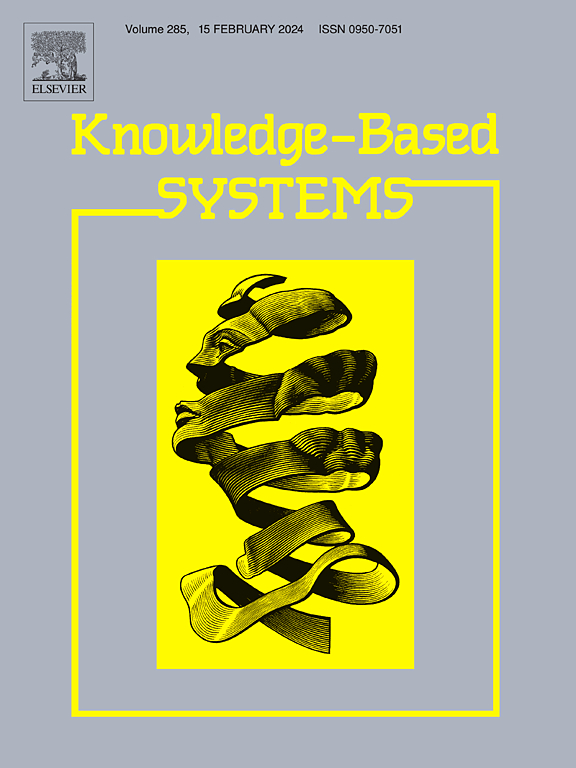Spatiotemporal interactive learning dynamic adaptive graph convolutional network for traffic forecasting
IF 7.2
1区 计算机科学
Q1 COMPUTER SCIENCE, ARTIFICIAL INTELLIGENCE
引用次数: 0
Abstract
Traffic forecasting plays a critical role in tasks such as route planning and traffic management. Recent advancements in graph neural networks have enabled the effective modeling of spatiotemporal correlations, significantly enhancing traffic prediction accuracy. However, most existing research primarily focuses on general spatiotemporal characteristics shared across all nodes, often neglecting the unique attributes of individual nodes. Additionally, these studies tend to overlook the diverse temporal features inherent in the data, limiting their ability to fully capture complex spatiotemporal dependencies. To tackle these challenges, this study introduces the Spatiotemporal Interactive Learning Dynamic Adaptive Graph Convolutional Network (SILDAGCN) for traffic forecasting. Specifically, SILDAGCN incorporates a data embedding module to integrate temporal features into the raw data and extract critical information effectively. Moreover, it employs a dynamic adaptive graph convolutional network designed to capture real-time spatiotemporal dynamics and uncover both shared and node-specific spatiotemporal correlations. This paper also introduces a spatiotemporal feature interaction learning mechanism designed to capture and learn the diverse, evolving characteristics of spatiotemporal dependencies, enabling mutual enhancement through effective feedback. Finally, the output block leverages convolutional operations to enhance the model’s information extraction capabilities, producing the final traffic network forecasts. Experimental evaluations on four real-world datasets demonstrate that SILDAGCN achieves accurate traffic flow and demand predictions with relatively low computational cost.

求助全文
约1分钟内获得全文
求助全文
来源期刊

Knowledge-Based Systems
工程技术-计算机:人工智能
CiteScore
14.80
自引率
12.50%
发文量
1245
审稿时长
7.8 months
期刊介绍:
Knowledge-Based Systems, an international and interdisciplinary journal in artificial intelligence, publishes original, innovative, and creative research results in the field. It focuses on knowledge-based and other artificial intelligence techniques-based systems. The journal aims to support human prediction and decision-making through data science and computation techniques, provide a balanced coverage of theory and practical study, and encourage the development and implementation of knowledge-based intelligence models, methods, systems, and software tools. Applications in business, government, education, engineering, and healthcare are emphasized.
 求助内容:
求助内容: 应助结果提醒方式:
应助结果提醒方式:


